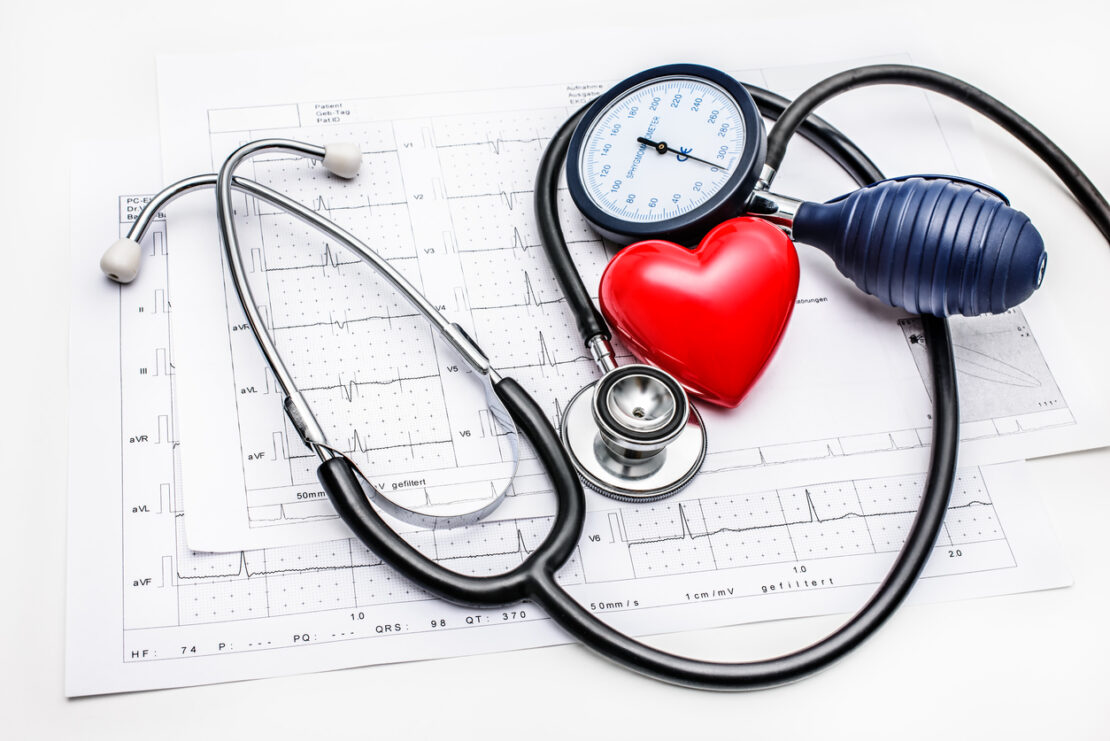Do you know which health condition is the number one risk factor death and disability?
You might guess obesity, since so many people have it and it leads to so many different ailments. But you’d be wrong.
Or you might think it’s high cholesterol, since heart disease kills more Americans than any other illness. But you’d be wrong again.
Another good guess would be diabetes. We’re facing an epidemic of it in the U.S.
But the fact is, none of these conditions are as deadly or as disabling as high blood pressure. 13% of all deaths and 7% of disability is caused by hypertension.[1]
The news gets worse…
Nearly half of American adults have it. Nearly 500,000 people in the U.S. die every year with high blood pressure as a primary or contributing cause. Hypertension may also be a risk factor for severe COVID-19.[2] [3]
That’s why many of us have been told by our doctors to keep an eye on our readings with a home blood pressure monitor.
70% of Home Blood Pressure Monitors Are Inaccurate
These devices have become popular in recent years. They are relatively inexpensive and widely available at drug and department stores.
But a recent study showed that these monitors may do more harm than good. Researchers found that 70% of them provide inaccurate readings.[4]
This means millions of patients are potentially taking drugs for hypertension they don’t have… Or they have high blood pressure and don’t know it.
Scientists at the University of Alberta in Canada tested 85 adults who used home blood pressure monitors.
Subjects first took their blood pressure using their own monitor. Immediately afterwards, two experienced medical professionals took their blood pressure readings using a mercury sphygmomanometer.
They are considered the gold standard for blood pressure measurement. They are the most accurate and are what many doctors use.[5]
Researchers found that 70% of the home monitors were consistently off by more than 5mmHg. And 30% of them had readings that were off by 10 points or more.
Doctors often use a patient’s home readings to help make blood pressure treatment decisions. A 5- to 10-point inaccuracy could cause a doctor to needlessly prescribe hypertension medication. Or it could cause them to fail to treat a patient with high blood pressure.
The study found that readings were more inaccurate in men than women. This could be due to arm size or cuff design. The researchers said they weren’t sure of the reason.
The study was published in the American Journal of Hypertension.
Why are home monitors so inaccurate?
The exact reason is impossible to know. That’s because manufacturers keep the software and electronic designs secret. They say they are proprietary.
The Right Way to Take Your Blood Pressure at Home
It’s not practical to get a professional mercury sphygmomanometer for home use. They are large, expensive, and take training to use properly.
But there are other steps you can take to get valid blood pressure readings at home:
Test the accuracy of your home monitor. Take your home monitor to your next doctor’s appointment. After they take your blood pressure with their professional monitor, take a reading with your home monitor. The numbers should be within five points of each other.
Don’t use a wrist monitor. They are less accurate than models that use an arm cuff.5
Take three readings. The average of the three will be more accurate than a single reading.
Follow the 12-minute rule. A Canadian study found that patients should sit quietly for 12 minutes before a reading is taken. This lowers your heart rate and provides a more accurate reading.
One more thing…
Consumer Reports tested dozens of home blood pressure monitors. It’s top four ratings went to monitors made by Omron. So you might want to consider looking for models by this company if you want to take your blood pressure at home.
Editor’s Note: Research shows the standard heart disease treatments—stents and statin drugs—don’t prevent heart attacks. Discover what does by reading our monthly journal Independent Healing. It’s your best source for reliable, unbiased health information. For more information, go HERE.
Related Articles
Chocolate Lowers Heart Disease Risk, Study Finds
The Fruit that Works Better than Statins
More Americans than Ever Take Statins…and the Heart Disease Epidemic Keeps Growing
References:
[1] https://www.ncbi.nlm.nih.gov/pmc/articles/PMC3676205/
[2] https://www.cdc.gov/bloodpressure/facts.htm
[3] https://www.cdc.gov/coronavirus/2019-ncov/need-extra-precautions/people-with-medical-conditions.html#:~:text=Having%20other%20cardiovascular%20or%20cerebrovascular,from%20COVID%2D19.
[4] https://medicalxpress.com/news/2017-06-home-blood-pressure-inaccurate-percent.html
[5] https://en.wikipedia.org/wiki/Sphygmomanometer

